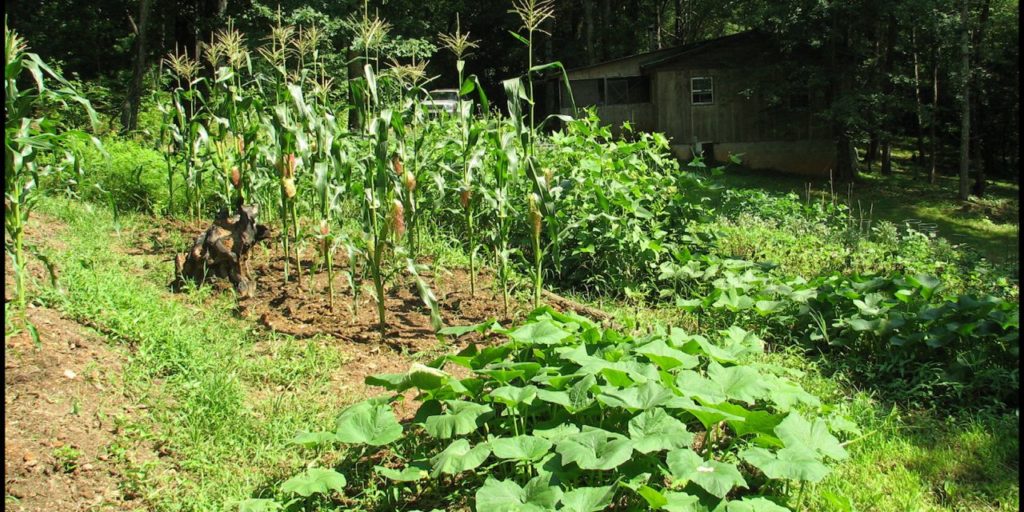Biochar has been proclaimed as a wonder yield sponsor and a key apparatus to battle a worldwide temperature alteration by veteran climatologist James Lovelock. Be that as it may, what precisely is it?
Biochar is quite a modern term for an exceptionally conventional item – charcoal. It is additionally created in a fundamentally the same way. Plant matter, for example, wood, cultivating squander or even garden waste is warmed without oxygen so the compound structure changes without discharging carbon. This procedure has been done for centuries, including by tribes and civic establishments in the Amazon rainforest. The conventional system for making charcoal is to delve a pit or trench in the earth, start blazing whatever plant matter is to hand and after that cover the flame with earth to permit it to seethe instead of consuming all the fuel totally.
The outcome is a carbon-rich, dry strong which we would all perceive as charcoal. These days biochar is made utilizing pyroliser – a warming tank which permits better control of temperature. It likewise permits the biochar maker to gather alternate items in the assembling process. One is a cocoa, dawdle substance which can be utilized as a herbicide, and the other is a combustible gas which really delivers three to nine times the measure of vitality it takes to make biochar in any case.
So what is the contrast in the middle of charcoal and biochar? Synthetically talking, not all that much. The genuine contrast is by the way it is utilized. Customarily charcoal is smouldered for fuel, yet this discharges a great deal of carbon, a nursery gas, into the climate.
Amid their life cycles plants take in carbon-dioxide from the climate, so they store enormous measures of carbon inside of their structures. When they bite the dust they either disintegrate or are smouldered, and this discharges the carbon once more into the air once more. The fortunate thing about biochar is that it can catch that carbon for up to 10,000 years. The procedure delivers an exceptionally stable substance which doesn’t break down, notwithstanding when returned to the earth. This implies all the carbon a plant takes out of the air stays out of the air.
This implies biochar can be utilized to forever catch carbon and can be covered to create carbon sinks – substantial stores of carbon underneath the ground. Not at all like carbon-dioxide need biochar additionally bother with such a great amount of oxygen to stay stable, so as opposed to attempting to catch carbon-dioxide furthermore losing oxygen from the air, just carbon is taken. Considers have demonstrated that biochar can be an extremely valuable added substance to soil, expanding crop yields, including supplements and making soil less acidic.
No one is certain yet how biochar improves crops develop, and despite the fact that including the substance improves crops develop to a point, if an excess of is included it has no effect or can have an unfavourable effect. It is especially useful for over-cultivated, weathered soils with couple of supplements and low potassium levels.


